Dimensions 10 x 10 x 6 cm Cheese type Fresh | Texture Fresh Weight 1 to 20 ounces Aging 1 week | |
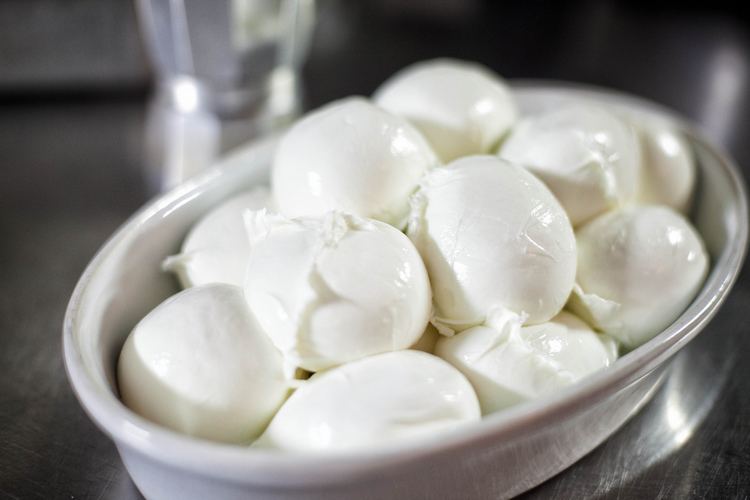 | ||
Certification Mozzarella di Bufala Campana:Italy: DOC 1993EU: PDO 1996 Similar Mozzarella, Caprese salad, Burrata, Gorgonzola, Arugula | ||
Gordon ramsay makes scotland s first ever buffalo mozzarella
Buffalo mozzarella (Italian: mozzarella di bufala) is a mozzarella made from the milk of the domestic Italian water buffalo. It is a product traditionally produced in Campania, especially in the provinces of Caserta and Salerno.
Contents
- Gordon ramsay makes scotland s first ever buffalo mozzarella
- Buffalo mozzarella home made by alessandro
- Areas of production
- Mozzarella di Bufala Campana
- History in Italy
- Dioxine scandal since 2008
- Production stages
- Nutrition
- Uses
- References

The term mozzarella derives from the procedure called mozzare which means "cutting by hand", separating from the curd, and serving in individual pieces, that is, the process of separation of the curd into small balls. It is appreciated for its versatility and elastic texture and often called "the queen of the Mediterranean cuisine", "white gold" or "the pearl of the table".
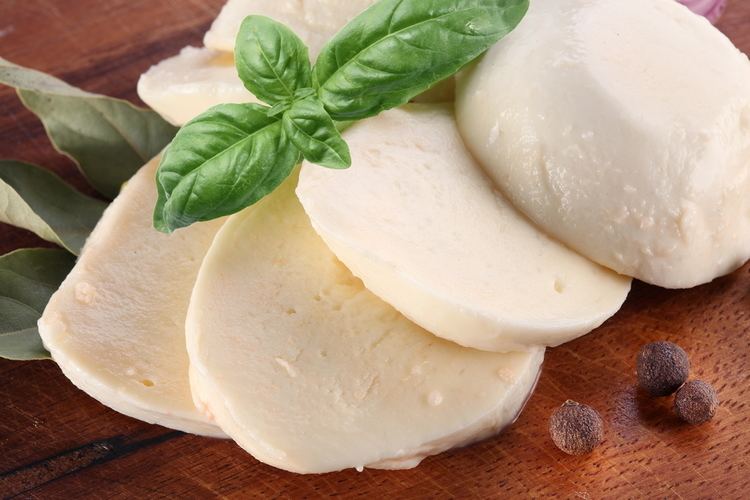
The buffalo mozzarella sold as Mozzarella di Bufala Campana has been granted the status of Denominazione di origine controllata (DOC – "Controlled designation of origin") since 1993. Since 1996 it is also protected under the EU's Protected Designation of Origin and Protected Geographical Indication schemes. The protected name requires that it may only be produced with a traditional recipe in select locations in the regions of Campania, Lazio, Apulia and Molise.
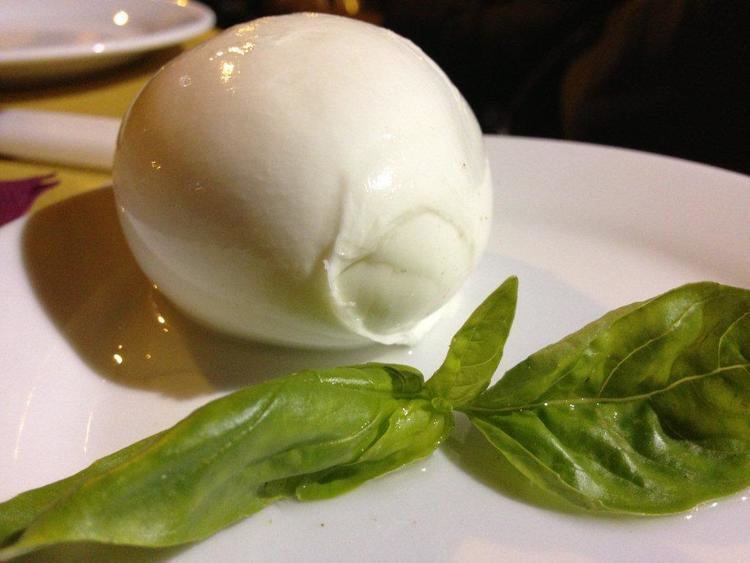
Buffalo mozzarella home made by alessandro
Areas of production
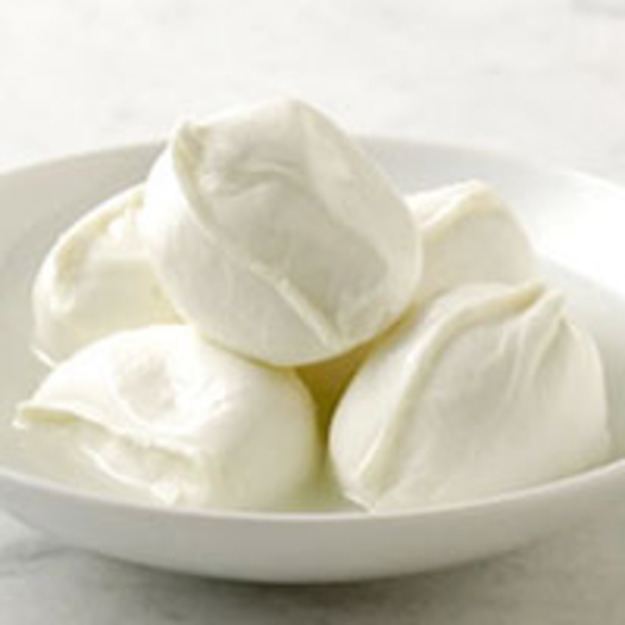
In Italy, the cheese is produced nationwide using Italian buffalo milk under the government's official name of Mozzarella di Bufala Campana DOP. It is produced in areas ranging from Rome in Lazio to Paestum near Salerno in Campania, and there are production areas in the province of Foggia, Apulia, and in Venafro, Molise. Buffalo mozzarella is a €300m ($430m) a year industry in Italy, which produces around 33,000 tonnes of it every year, with 16 percent sold abroad (mostly in the European Union). France and Germany are the main importers, but sales to Japan and Russia are growing.
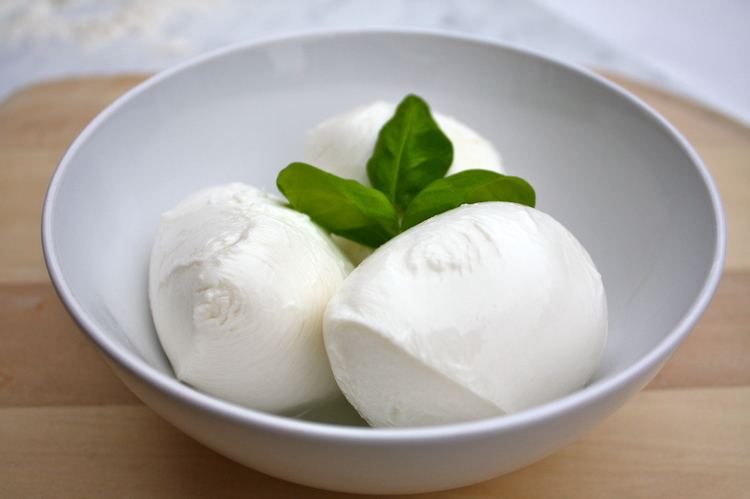
Apart from Italy, its birthplace, buffalo mozzarella is manufactured in many other countries around the world. There are producers in Switzerland, the United States, Australia, Mexico, Brazil, Canada, China, Japan, Venezuela, Argentina, the United Kingdom, near Macroom in Ireland, Spain, Sweden, Colombia, Thailand, Israel, Egypt, India and South Africa, all using milk from their own herds of water buffaloes.
Mozzarella di Bufala Campana
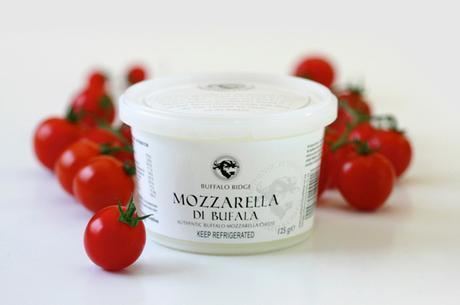
Buffalo mozzarella from Campania bears the "Mozzarella di Bufala Campana" trademark. In 1993, it was granted Denominazione di origine controllata (DOC) status, in 1996 the trademark received registry number 1107/96 and in 2008 the European Union granted Mozzarella di Bufala Campana Protected Geographical Status and PDO indicator. The Consorzio per la Tutela del Formaggio di Bufala Campana ("Consortium for the Protection of the Buffalo Cheese of Campania") is an organization of approximately 200 producers, that, under Italian law, is responsible for the "protection, surveillance, promotion and marketing" of Mozzarella di Bufala Campana.
Among the many other Italian cheeses that have PDO status are Gorgonzola, Parmigiano-Reggiano and Asiago cheese.
History in Italy
The history of water buffalo in Italy is not settled. One theory is that Asian water buffalo were brought to Italy by Goths during the migrations of the early medieval period. However, according to the Consorzio per la Tutela del Formaggio Mozzarella di Bufala Campana, the "most likely hypothesis" is that they were introduced by Normans from Sicily in 1000, and that Arabs had introduced them into Sicily. The Consorzio per la Tutela also refers to fossil evidence (the prehistoric European Water Buffalo, Bubalus murrensis) suggesting that water buffalo may have originated in Italy. A fourth theory is that water buffalo were brought from Mesopotamia into the Near East by Arabs and then introduced into Europe by pilgrims and returning crusaders.
"In ancient times, the buffalo was a familiar sight in the countryside, since it was widely used as a draught animal in ploughing compact and watery terrains, both because of its strength and the size of its hooves, which do not sink too deeply into moist soils."
References to cheese products made from water buffalo milk appeared for the first time at the beginning of the twelfth century. Buffalo mozzarella became widespread throughout the south of Italy from the second half of the eighteenth century, before which it had been produced only in small quantities.
Production in and around Naples was briefly interrupted during World War II, when retreating German troops slaughtered the area's water buffalo herds, and recommenced a few years after the armistice was signed.
Dioxine scandal since 2008
In 2008, traces of dioxine were found in samples of buffalo milk produced in Campania. These, together with massive increase of cancers and malformations, were attributed to the illegal practise of burning toxic garbage in the territories of Caserta and Naples provinces controlled by Camorra (the so-called terra dei fuochi), and brought to a temporary import prohibition of mozzarella by some countries. In late 2013, declarations of a Camorra pentito held in 1997 in front of a parliament commission about the extent of these illegal practises brought to a massive decrease of Campania's Buffalo Mozzarella sales in Italy and abroad, pushing the Italian government to create a land register of polluted agricultural parcels in Campania. Although analyses of Campania's Buffalo Mozzarella held in Germany on behalf of Italian consumer associations in December 2013 found level of dioxine and heavy metals in the examined samples at most five times lower than the allowed maximum, the pollution problem in these zones remains.
Production stages
To produce 1 kg (2.2 lb) of cheese, a cheese maker requires 8 kg (18 lb) of cow milk but only 5 kg (11 lb) of buffalo milk. Producing 1 kg of butter requires 14 kg (31 lb) of cow milk but only 10 kg (22 lb) of buffalo milk.
The steps required to produce buffalo mozzarella are:
- Milk storage (raw buffalo milk stored in steel containers).
- Milk heating (thermic treatment to the liquid, then poured into a cream separator).
- Curdling (by introduction of natural whey).
- Curd maturation (the curd lies in tubs to reduce the acidifying processes and reach a pH value of about 4.95).
- Spinning (hot water is poured on the curd to soften it, obtaining pasta filata).
- Shaping (with special rotating shaper machines).
- Cooling (by immersion in cold water).
- Pickling (by immersion in pickling tubs containing the original whey).
- Packaging (in special films cut as bags or in small basins and plastic).
Nutrition
The digestive system of water buffaloes permits them to turn low grade vegetation into rich milk which, due to its higher percentage of solids, provides higher levels of protein, fat and minerals than cow milk.
Contents for 100 g (3.5 oz) buffalo milk:
Uses
Generally, buffalo mozzarella is enjoyed with calzone, vegetable, salad (for example, insalata Caprese), on pizza (a low moisture content buffalo mozzarella is preferred), on grilled bread, with tomatoes, or by itself accompanied by olive oil.
